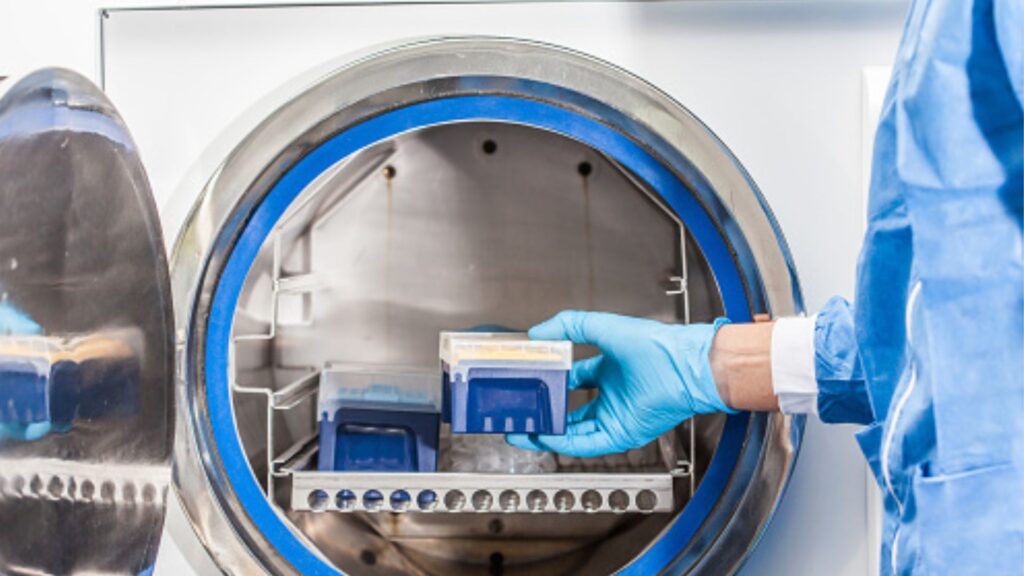Sterilization and autoclave
Sterilization and autoclave
We have described in article :
Define Sterilization
Method of Sterilization
Importance of Sterilization
How to prevent post operative infection by Sterilization
Define Autoclave
Principal of Autoclave
Autoclave mechanism of action
Checking of Autoclave

Define Sterilization :
Definition : Sterilization is the killing or removal of all microorganisms including bacterial spores which are highly resistant.
Method of sterilization:
Physical methods :
A) Heat:
- Dry heat:
- Red heat
- Flaming
- Hot air oven
- Incineration
- Moist heat :
At 100° C
- Boiling
- Steming
- Tyndalization
Above 100° C
- Autoclave
Below 100° C
- Pasteurization
- Vaccine bath
- Water bath
- Inspissator
B) Radiation:
- X-rays
- u-rays
C) Filtration :
- Berkefeld type
- Chamberland type.
- Seitz type.
- Membrane filters.
Chemical methods :
- Phenol
- Cresol
- Dettol
- Acids & alkalis
- Halogens
- Formaldehyde
- Gluteraldehyde
- Detergents.
Importance of sterilization:
- To prevent infection to the patient.
- To prevent nosocomial infection.
- To prevent infection to the doctors and medical staffs.
- To prevent infection to the microbiologists and medical students.
How post-operative infection can be prevented by sterilization :
- Unnecessary drainage should be avoided.
- Isolation of septic patients.
- Isolation of patients prone to infection.
- Non touch technique of stitch removal.
- Dressing with sterile technique.
- Prophylactic antibiotic if needed.
Define autoclave :
Definition : Autoclave is a method of sterilization by moist heat in which substance are sterilized at 121° C for 15 minutes.
Principle of autoclave :
- At atmospheric pressure, water boils at 100° C.
- With the rise of pressure, the boiling point of water also rises.
- Steam under pressure unmixed with air has more temperature than that mixed with air.
- Steam under pressure has more penetrating power. This is due to fact that steam condenses water on contact with materials.
- During condensation of steam to water, a large amount of latent heat is liberated, thus increasing the efficacy of sterilization.
Autoclave Mechanism of action:
- Materials are kept inside.
- Close the lid
- Set the safety valve at the desired pressure.
- Heat the autoclave. Air is forced out and eventually steam ensures out through the tap.
- Close the tap
- Then temparature 121°C is obtained by giving desired pressure.
- Keep it for 15 minutes.
- Stop heating
- Cool the autoclave
- Open the stopcock slowly to allow air to enter the autoclave.
Checking of autoclave:
- Spores of bacillus stearothermophilus if killed the function of autoclave is proper.
- Automatic monitoring system.
